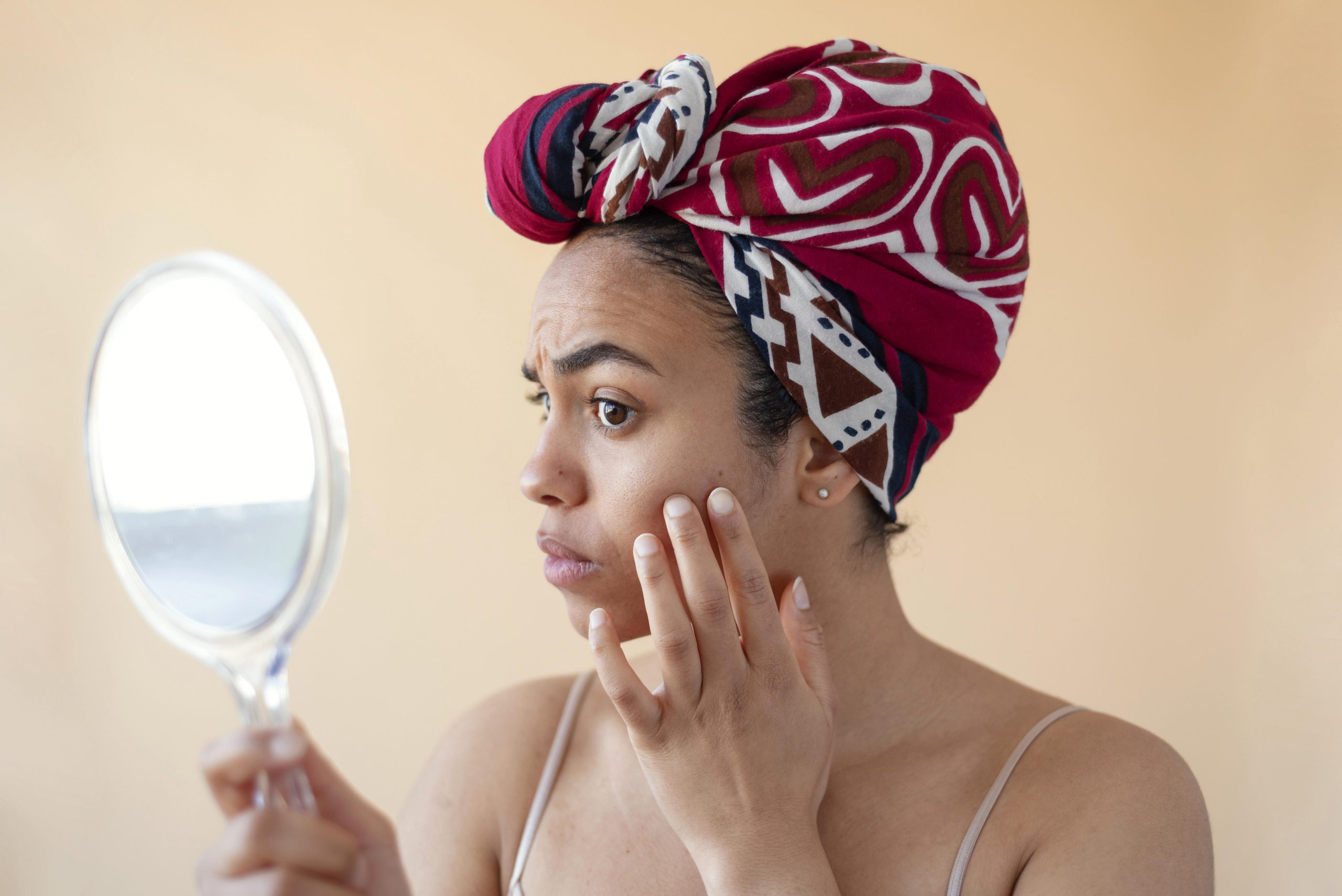When your skin suddenly feels dry, tight, or overly sensitive, your barrier may be crying for help. The skin barrier, your body’s first line of defence, is delicate yet vital. Here’s how to protect it, repair it, and prevent long-term damage.
Your skin barrier may be invisible, but it’s the front-line soldier that keeps your skin healthy, glowing, and protected from daily stressors. Scientifically known as the stratum corneum, the skin barrier is the outermost layer of the skin that acts as a protective shield against external threats like bacteria, pollution, and allergens. It also retains moisture to keep your skin soft, healthy, and hydrated.
A healthy barrier is essential for proper skin function. However, once it’s compromised, your face may feel tight, sting after cleansing, or appear dull and flaky. Symptoms like redness, irritation, and dryness are all signs that the barrier has weakened, and no serum or exfoliant will work effectively until it’s restored.
Many people don’t understand why their skin barrier becomes damaged; they only see the symptoms and often blame the wrong things. In truth, everyday habits are often the culprits.
What damages the skin barrier?
Over-exfoliation
Chemical exfoliants, excessive scrubbing, and overuse of active ingredients can gradually erode the skin barrier, even without you realising it. Potent ingredients like retinoids, AHAs, and BHAs deliver quick results, but too frequent use can strip natural oils and create micro-tears. While exfoliation removes dead skin cells, scrubbing too hard, too often, or mixing too many exfoliating products can rob the skin of its protective lipids, leading to sensitivity and inflammation.
Bleaching creams
Skin-lightening products remain common across Nigeria, but many contain harsh ingredients like hydroquinone or steroids that weaken the barrier over time. Although these “triple-action” products promise quick transformations, prolonged use thins the skin, disrupting its natural protective oils and making it more sensitive to the sun and infections. Over time, this can result in redness, uneven patches, dark knuckles, visible veins, and severe irritation. Quick fixes often come at the cost of long-term damage.
DIY mixtures
One common skincare mistake is turning kitchen ingredients into regular skincare products. In Nigeria, it’s not unusual to hear about mixing lemon and toothpaste for a facial scrub, rubbing lemon juice on dark spots, or using baking soda as a scrub. While these hacks may sound simple and affordable, they can be very harsh on the skin. Instead of healing, these DIY mixtures typically damage the skin barrier, worsen breakouts, and leave lasting scars or dark marks.
Hot water baths and harsh sponges
That steaming hot bath may feel soothing, but it strips away natural oils, leaving skin dry and vulnerable. Add harsh sponges or rough towels, and you’re inflicting micro-tears that make the skin vulnerable to bacteria and irritation. This is one of the fastest ways to damage your skin barrier. Warm water and gentle fabrics are your barrier’s best friends.

The do’s of repairing the skin barrier
Use gentle cleaners
Switch to mild, fragrance-free cleansers that won’t strip your skin of its natural oils. Look for products labelled “hydrating” or “pH-balanced,” which will keep your skin clean without causing irritation or dryness.
CeraVe’s Hydrating Facial Cleanser (for normal to dry skin) and Foaming Facial Cleanser (for normal to oily skin) are excellent examples that support barrier health with ceramides and amino acids. Vanicream Gentle Facial Cleanser is another dermatologist-approved favourite, ideal for very sensitive or reactive skin.
Moisturise generously
Your skin may have already lost moisture, so it’s essential to keep it moisturised. Opt for creams or lotions containing ceramides or hyaluronic acid. Shea butter and petroleum jelly can also work if you are not acne-prone; both help lock in hydration.
La Roche-Posay Cicaplast Baume B5 and CeraVe Moisturizing Cream are cult classics for a reason — they lock in hydration while repairing the skin’s lipid structure. For budget-friendly options, Shea butter or petroleum jelly (Vaseline Healing Jelly) are excellent occlusives for sealing moisture, especially for dry, non-acne-prone skin.
Stick to soothing ingredients
Incorporate calming ingredients such as aloe vera, Centella Asiatica (cica), oatmeal, or panthenol. These reduce irritation and help the barrier heal faster.
Try COSRX Advanced Snail 96 Mucin Power Essence for deep hydration or Tonymoly Wonder Ceramide Mochi Toner for a lightweight, comforting finish that supports repair.
Protect with sunscreen
Even when indoors, UV rays can weaken a compromised barrier. It’s crucial to apply sunscreen during the day.
Uncover I Am Protected Aloe Invisible Sunscreen SPF 50+ offers high protection with soothing aloe, while Abib Quick Sunstick Protection SPF 50+ is perfect for on-the-go reapplication without disrupting your skincare.
Keep your routine simple
When your skin barrier is healing, less is more. Stick to a basic routine of cleanser, moisturiser, and sunscreen. Give your skin time to repair before reintroducing other treatments.








